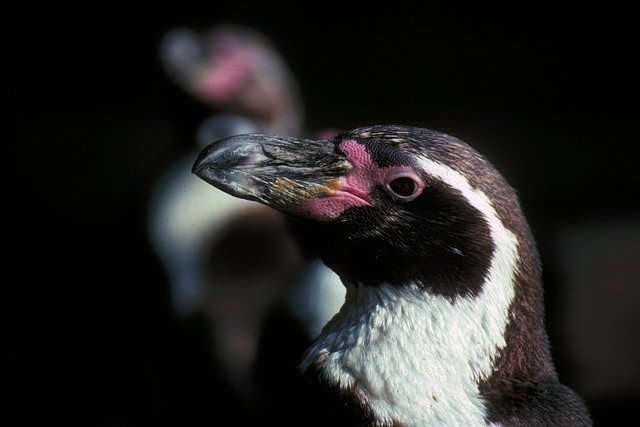**Topic: "The Remarkable Adaptations of Penguins: How These Flightless Birds Thrive in Har

The Remarkable Adaptations of Penguins: How These Flightless Birds Thrive in Harsh Environments
Penguins are one of nature's most fascinating examples of adaptation. Despite being flightless, these remarkable birds have evolved a range of traits that enable them to thrive in some of the harshest environments on Earth. From the icy landscapes of Antarctica to the rocky shores of the sub-Antarctic islands, penguins have developed unique features that allow them to survive and flourish. In this post, we will explore some of the key adaptations that make penguins extraordinary.
1. Streamlined Bodies for Efficient Swimming
One of the most significant adaptations of penguins is their streamlined body shape, which reduces drag in the water. Unlike their flying counterparts, penguins have evolved to be exceptional swimmers. Their wings have transformed into flippers, allowing them to propel themselves with remarkable speed and agility underwater. This adaptation is crucial for catching fish and other marine prey, which form the bulk of their diet.
2. Insulating Feathers
Penguins are well-known for their distinctive black and white plumage, but their feathers serve a much more critical purpose than aesthetics. The feathers are densely packed and waterproof, providing excellent insulation against the cold. Beneath the feathers, a layer of fat, known as blubber, adds extra warmth, allowing penguins to maintain their body temperature even in frigid waters.
3. Social Behavior and Colony Living
Penguins are highly social animals, often living in large colonies that can number in the thousands. This social behavior offers several advantages, including protection from predators and the ability to share warmth during harsh weather conditions. In these colonies, penguins engage in cooperative breeding and parenting, taking turns to incubate eggs and care for chicks, which enhances their chances of survival.
4. Unique Breeding Strategies
Different species of penguins have developed various breeding strategies to cope with the challenges of their environment. For instance, Emperor penguins are known for their remarkable breeding behavior, where males incubate the eggs on their feet under a flap of skin called a brood pouch. This adaptation allows them to keep the eggs warm during the extreme cold of Antarctic winters.
5. Specialized Diet and Hunting Techniques
Penguins have adapted their hunting techniques to maximize their foraging success. They have excellent eyesight underwater and can dive to great depths to catch fish, squid, and krill. Some species, like the Adélie penguin, are known to use a technique called "porpoising," where they leap out of the water to gain speed and breathe simultaneously, minimizing the time spent at the surface where they are vulnerable to predators.
6. Thermoregulation and Behavioral Adaptations
To cope with extreme temperatures, penguins have developed various thermoregulatory behaviors. For instance, they often huddle together in tight groups to conserve heat during cold spells. This behavior not only helps them stay warm but also fosters social bonds within the colony. Additionally, penguins may engage in "tobogganing," sliding on their bellies across the ice to conserve energy while moving.
Conclusion
Penguins are a testament to the power of evolution and adaptation. Their unique features and behaviors enable them to thrive in environments that would be inhospitable to many other species. As we continue to study these remarkable birds, we gain valuable insights into the resilience of life in extreme conditions and the importance of conservation efforts to protect their habitats.
Whether you're a seasoned ornithologist or simply a fan of these charming creatures, understanding the adaptations of penguins highlights the incredible diversity of life on our planet and the ongoing challenges they face in a changing world.
